
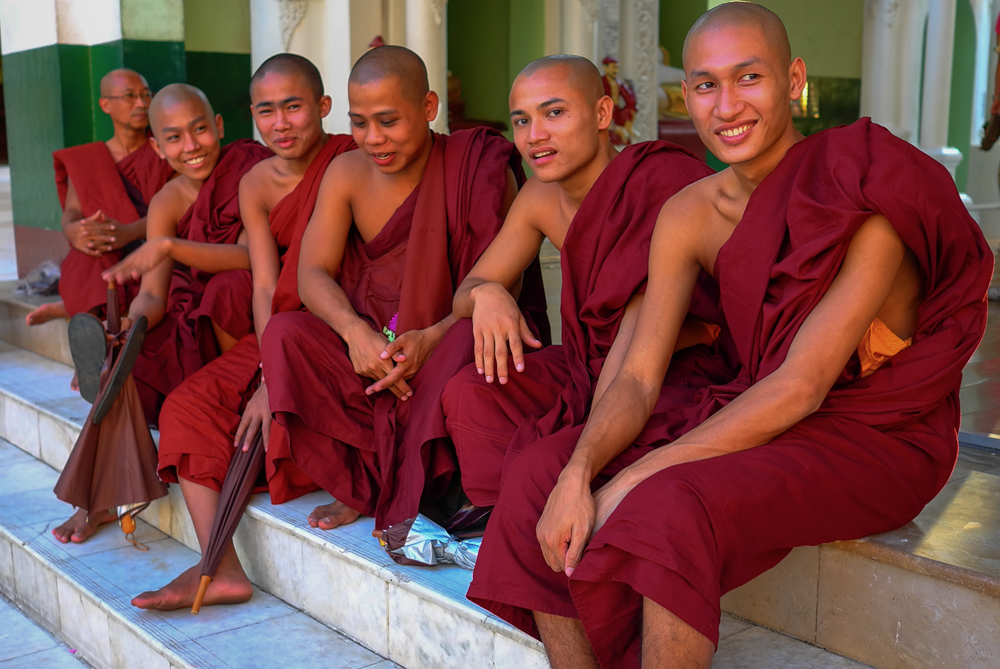
I am a very long-term Leica user. My first Leica was a IIIa purchased in 1967 and I still have that camera. When the Leica X1 was announced in 2009 it reminded me immediately of the IIIa. It is small and portable like the older camera—although much lighter.
Most appealing was the fact that it has very simple controls on the top plate and because the fixed 35mm-equivalent lens meant I could use an optical viewfinder. I love optical viewfinders.
Some find the fixed focal length to be a frustration. This is not a problem for me since I had predominantly used my film Leicas over the years with a 35mm by choice. I use my legs as a “two foot zoom” and try to get in close where necessary. Not having to think about which lens to use is actually a boon and not a handicap. No decisions to be made = more time to find good photographs.
Struggle

I did struggle with the X1 initially, mainly because the autofocus was slow; but a firmware update speeded helped and, after getting to know the camera through a lot of use, I have come to regard it as an absolute gem. I have had more success with the X1 over four years’ use than with all my other cameras in the previous 50-odd years.
Basically, I use it as if it were my old M6 without the film advance. I use the optical viewfindel all the time and set the autofocus to Single Point H. This gives me a focussing spot in the middle of the viewfinder, which is the same as if it were the split image spot in the rangefinder window.
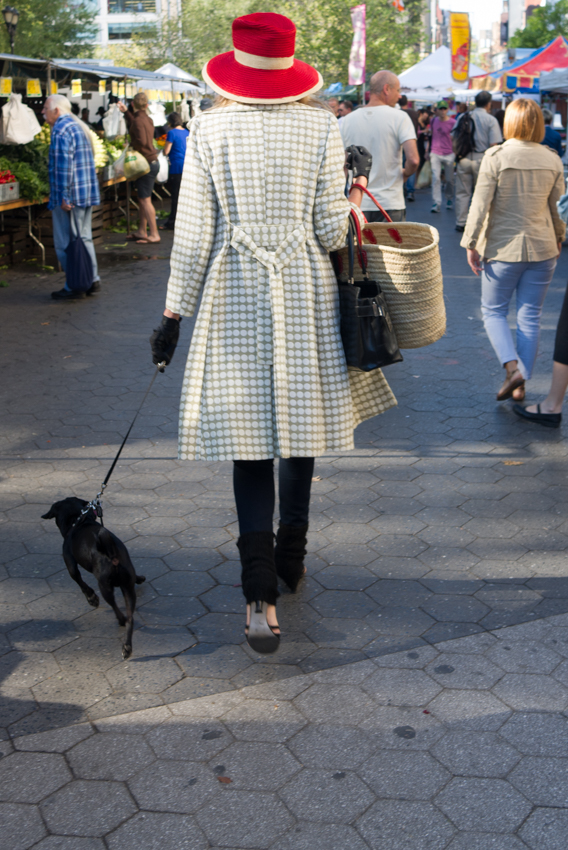
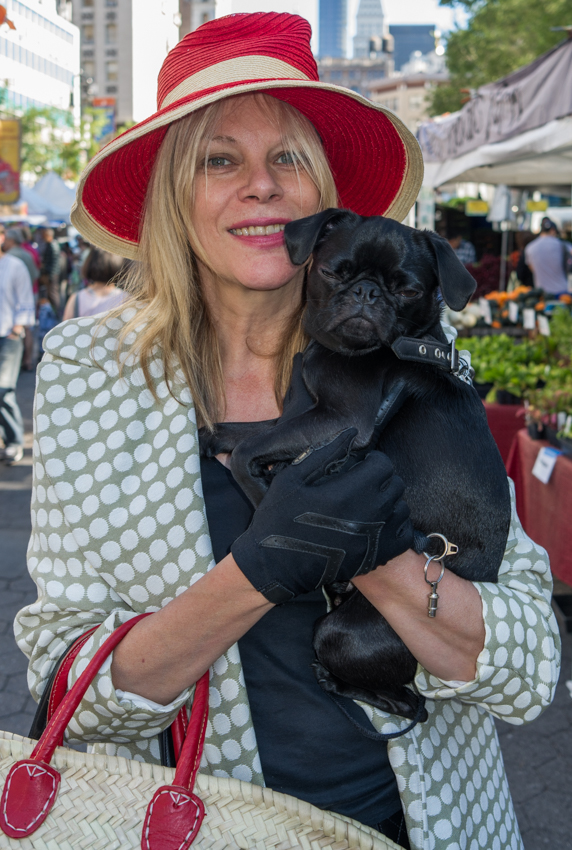
I adjust the aperture and speed on top-mounted controls when I need to although I do find that the auto settings are very reliable. I shoot both DNG (RAW) and JPEG on the standard setting. I set the ISO to auto. I find that in most conditions the X1 gives very good JPEG files which I can use straight out of the camera.
Purists will be aghast at this but, if Leica has done its homework and the JPEGs are so good, why spend time manipulating RAW files? Having said that, I do shoot RAW at the same time by way of backup. The image quality from the X1 is superb. I am not interested in pixel peeping. For me, it is only the photos that count and I just love the IQ of this little Leica.
Discreet
Having shot film for so many years, I am very sparing in the number of photos I take and I try hard to make every one count. Old habits die hard.
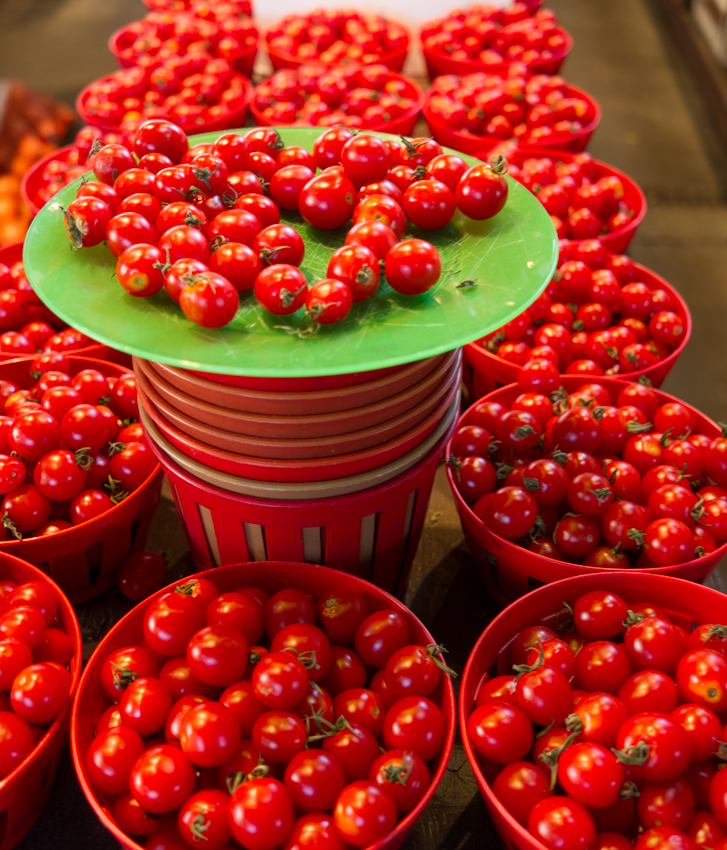
One of the overriding advantages of the X1 is that it is a very discreet camera. Its modest dimensions and appearance mean that I am likely to be taken for a bumbling happy snapper and this suits me well, particularly when I am photographing people.
I carry the X1 in my hand with the neckstrap wrapped around my wrist. Buying a fancy silk wriststrap has crossed my mind but I have decided not to bother: The old leather strap works just fine. I always carry the camera with the lens cap on. The cap clicks on and I have managed not to lose it in all my recent travels.Early on I purchased a lens hood and clear filter for the camera but they are just too big and detract from its portability. So I only use them in very dusty conditions.
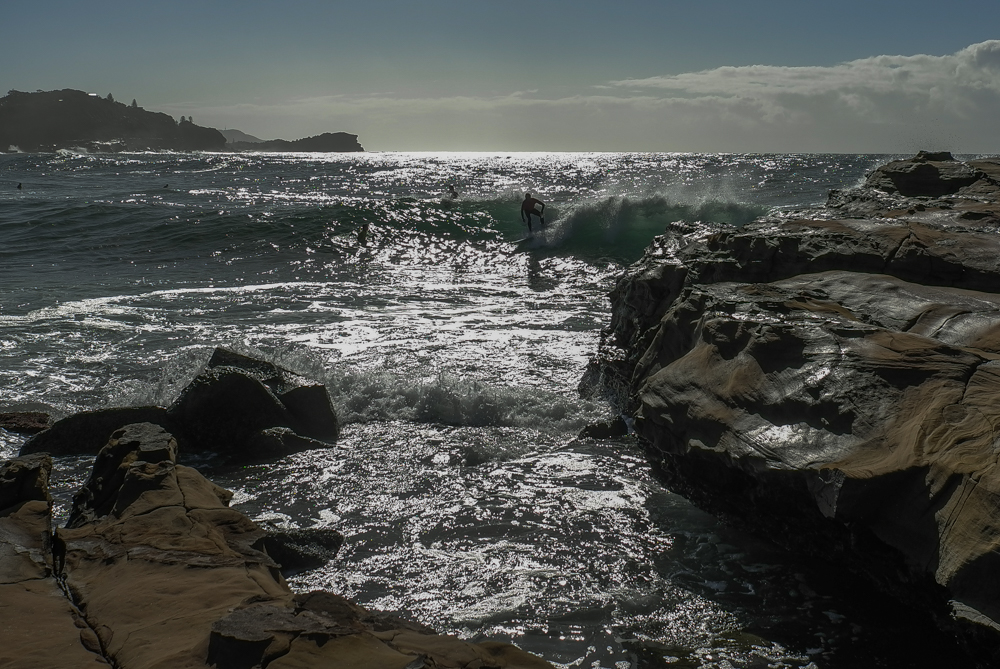
I am fortunate to have a number of other cameras at my disposal. Last year I acquired an Sony a7 so that I could use some of the legacy lenses I have in my camera cupboard. Yet I have barely used it. The Leica collection bug bit me again last year and, against my better judgement, I bought a Leica X Vario. It is a sort of grown up X1 with the advantage of a zoom. Again, though, I have hardly used it because I just love that X1. For me, photography is about the pictures I take, not the gear I use to take them.
Background
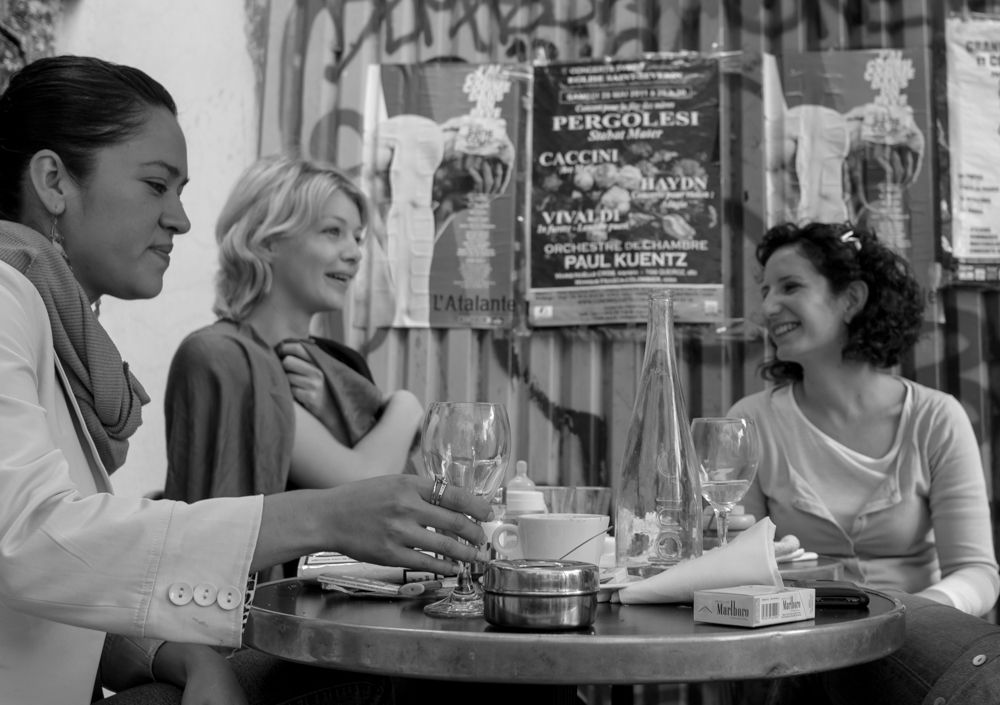
The X1 was announced in late 2009 and, as Mike Evans points out, it was the forerunner of the all the X cameras, initially the concept of the simple, fixed-lens and fixed focal-length, large-sensor digital. Fuji pinched the X moniker for the X100 and has gone on to produce a whole system based on the concept. Leica, too, has developed the X2 (which brought a few tweaks including the ability to mount an ugly electronic viewfinder in the hot-shoe) and the more recent X Vario and X models. But for me, the original is still the best.
Leicas, even today’s digital Ms, have a simplicity about them that I find attractive and which relieves the photographer of menu-angst. If the M3 was the quintessential simple film camera, the X1 is its digital equivalent. Just what you need, nothing more than you need.
You can find a selection of my X1 photos on Flikr and I also post photos and stories regularly on my blog, The Rolling Road.

I once had a X1 myself and can only agree on what you say about it. I now shoot an M9 and a second camera was never a good idea for me so i sold that x1. But i took lots of nice Images with it and i loved to shoot it. maybe i buy a used one for the sake of that good times 😉
Nice article and photos. Thanks for sharing.